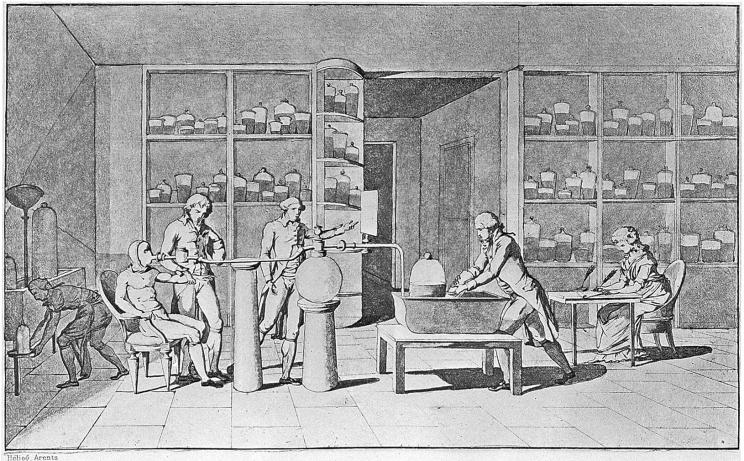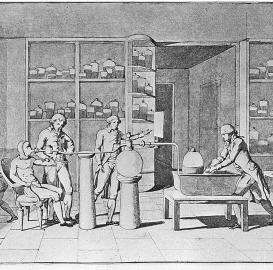This project, conducted with Marie-Thebaud Sorger (CNRS-Paris), seven scholars from Paris, London, Oxford, Berlin, Naples, and Santander, examines the long durée mechanical and chemical artifacts that attempted to make breathing safer and healthier. Moving beyond texts, the project aims to gain new insights into the intimate connections between science—particularly in the fields of chemistry and medicine—and technology, economics, and political ideologies. Artifacts came from different socio-political contexts and historical periods: revolutionary France, English Protestant dissenters circles, Georgian Britain, Victorian suffragist movements, and absolutist and Medieval Spain. They range from medieval recipes aimed to balance the exterior air with the interior humours through the porous body to Joseph Priestley’s eudiometer and his shared chemical, political, and religious language to Guyton de Morveau’s fumigating machine; from Christopher Wren and his devices for purifying the closed air of the Royal Society to William White’s oeconomic ventilator, conceived for public welfare, to the nineteenth-century respirator.
The project was able to show that such artifacts posed questions about gender and expertise, ideologies and civil rights, the construction of identities, and about ways of exerting political and scientific power. Paying attention to artifacts and mundane practices, the project aims to shed light on actors who have been little studied as producers of knowledge, such as administrators, inventors, and women, and on a variety of sites and places where the nature of air is experimented upon and understood—both urban (hospitals, households, streets, workshops) or natural (volcanoes, rivers). The project enables an exploration of how scientific theories, political ideologies, and norms became embedded in European societies and, vice-versa, how ways of interpreting nature, political ideologies, and religious beliefs became embedded in material devices.

Lavoisier’s experiment on human respiration. Engraving by Madame de Lavoisier in the eighteenth century. (Source: Wikipedia Commons)

